From ancient computers to massive underground armies, gruesome corpses to undecipherable manuscripts, these 25 archaeological discoveries will make you wonder how complex, bizarre and to some extent horrifying our past used to be.
Nevertheless, our history, through these discoveries, is also truly amazing.
1. Ancient Chemical Warfare

Archaeologist Robert du Mesnil du Buisson came across some tunnel warfare that had been dug under the city as he was searching beneath the ruins of an ancient Roman/Persian battlefield in 1933. In the tunnels, he found the bodies of 19 Roman soldiers who seemingly died trying to escape desperately from something and a body of a Persian soldier clutching his chest. Apparently, when the Romans heard the Persians digging their walls, they started to dig a tunnel of their own with the idea of dropping in on the Persians from above. The problem was that the Persians heard it and set a trap. As soon as the Roman soldiers dropped through they were met with burning sulfur and bitumen.
2. Aztecs Sacrifices

It’s been known for years that the Aztecs hosted numerous bloody sacrificial festivals. But in 2004, a grisly discovery made outside of modern day Mexico City shed some light on just how horrific the rituals could get. That’s when they found a number of decapitated and mutilated bodies of both humans and animals.
3. The Baby Disposal
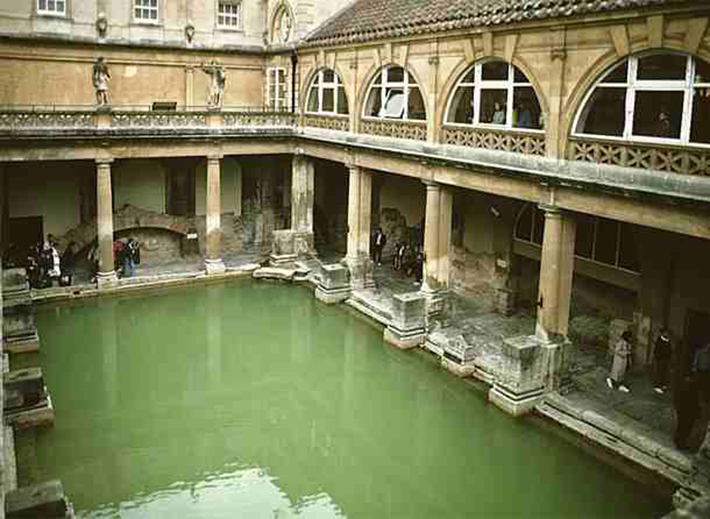
A couple of years ago, several archaeologists were searching through sewers beneath a Roman/Byzantine bathhouse in Israel when they came across something terrifying – baby bones, lots of baby bones. For reason(s) still unknown, someone in the bathhouse above apparently felt compelled to dispose hundreds of babies in the sewer below.
4. Diquis Spheres
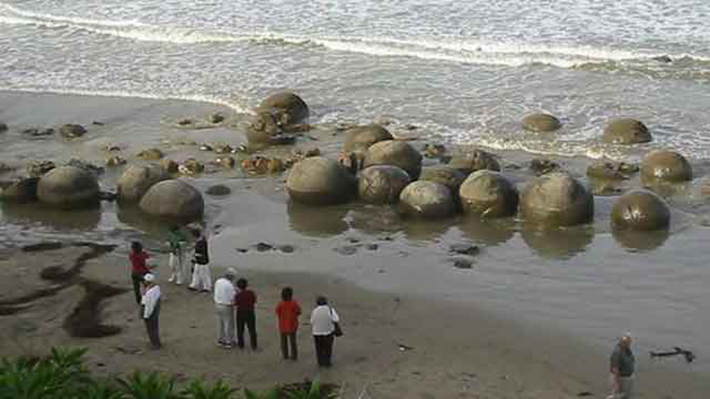
Also known as the stone spheres of Costa Rica, Diquis Spheres are believed to be carved around the turn of the millennium. Several speculations surround the spheres and what they may have been used for. But until now no one is completely sure what the strange spheres are designed for.
5. Rosetta Stone
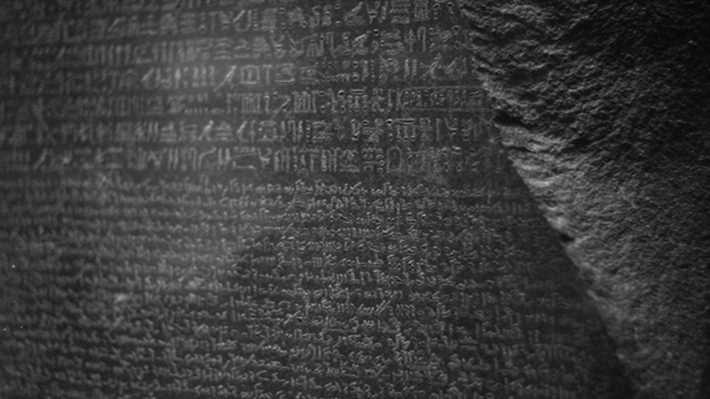
The Rosetta Stone has been one of archaeology’s greatest discoveries to date. Discovered in 1799 by a French soldier sifting through the Egyptian sand, the stone serves as the primary source for modern understanding of Egyptian hieroglyphs. It’s actually the fragment of a larger stone which contained a decree issued by King Ptolemy V around 200 BC . The decree is inscribed in 3 languages – Egyptian hieroglyphs, Demotic script, and Ancient Greek.
6. Terracotta Army
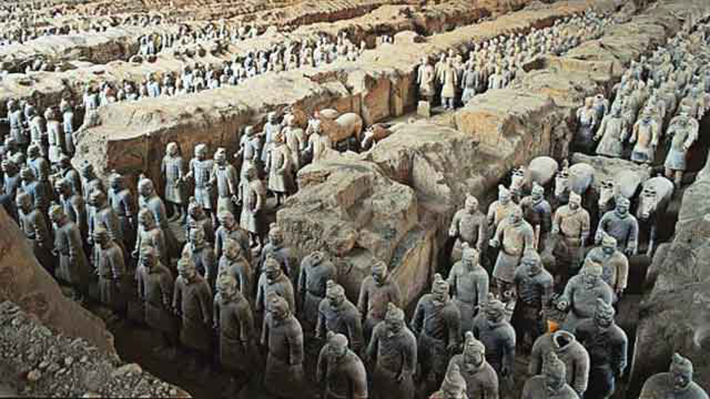
The vast Terracotta army was discovered buried with Qin Shi Huang, the first Emperor of China. Apparently, the intention was for the soldiers to protect the emperor in the afterlife.
7. The First Leper
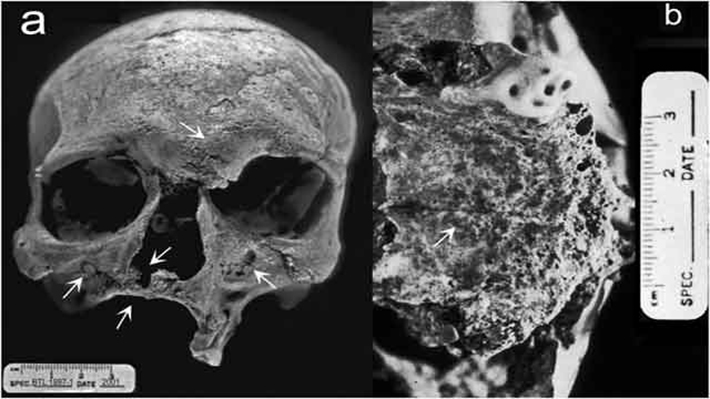
Leprosy (also known as Hansen’s disease) may not be contagious but its victims suffer extreme disfigurement, pushing them to live on the fringes of society. This skeleton, often cited as the first leper, was found buried just outside the city limits.
8. The Grauballe Man

It’s not entirely uncommon for mummified bodies to be discovered in bogs. But one, now known as the Grauballe Man, somehow stood out from the rest. Not only is his body amazingly preserved with his hair and fingernails still intact, it is also possible to reconstruct his demise from the information found around and on his body. Judging from a large wound wrapping around his neck from ear to ear, a plausible conclusion was that he was sacrificed, probably in an attempt to turn a better harvest.
9. The Screaming Mummies

Every once in a while archaeologists would discover mummies that seem to have truly been screaming at their death, most probably due to some sort of ritual torture. The one shown here is “Unknown Man E” who was found in 1886 by Gaston Masparo. Unlike modern burials, the Egyptians didn’t take into account the fact that if you don’t strap the chin to the skull, it will fall open in a permanent, terrifying scream.
10. The Venetian Vampire
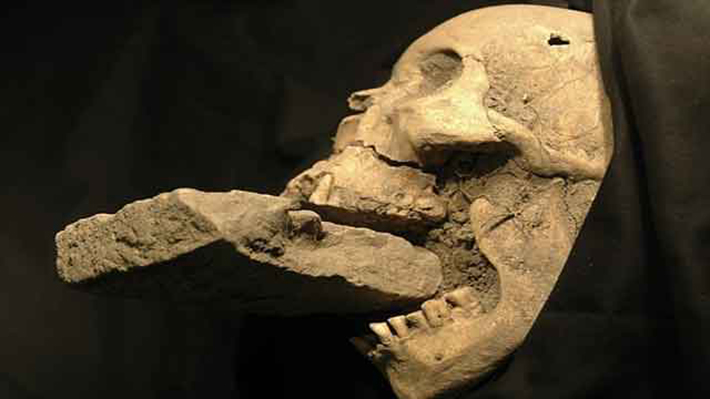
These days, a stake to the heart might be the most surefire method to “slay a vampire”, but hundreds of years ago, that was not considered sufficient. Their solution? Brick through the mouth. Think about it, cramming a vampire’s face full of cement would keep him from sucking blood, right? The skull you’re looking at here was found by archaeologists in a mass grave just outside Venice.
11. Desert Kites
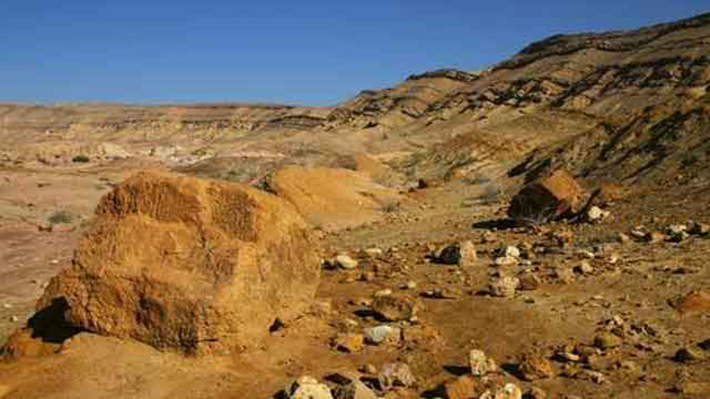
Since its discovery at the turn of the 20th century, the series of low stone walls in the Negev desert has puzzled scientists for years. In some places. the stones were nicknamed “kites” due to their appearance from the air. Recently, it was determined that the walls were actually used by hunters to funnel large animals into pens or off of cliffs where they could easily be slaughtered.
12. Acambaro Figures

The Acambaro figures were hundreds of little figures that resemble both humans and dinosaurs. For a while, their discovery led some people to believe that the anceints were better archaeologists than previously thought. Athough most of the scientific community has recently agreed that the Acambaro figures were part of an elaborate hoax, their discovery did create a bit of a stir.
13. Ancient Troy

In 1865, English archaeologist Frank Calvert excavated trenches in a field he bought from a local farmer at Hisarlık. In 1868, Heinrich Schliemann, a wealthy German businessman and archaeologist, also began excavating in the area after a chance meeting with Calvert in Çanakkale. What they found has been generally agreed upon to be the ancient city of Troy, a city well-known to history, legend, and archaeology.
14. Antikythera Mechanism

The Antikythera Mechanism is a 2000 year old device that was discovered in a shipwreck off the Greek island of Antikythera around the turn of the 20th century. Since then, the device has often been touted as the world’s first scientific calculator. It is equipped with gears that can precisely measure the position of the moon, sun, and planets simply by inputting a date.
15. Baghdad Battery
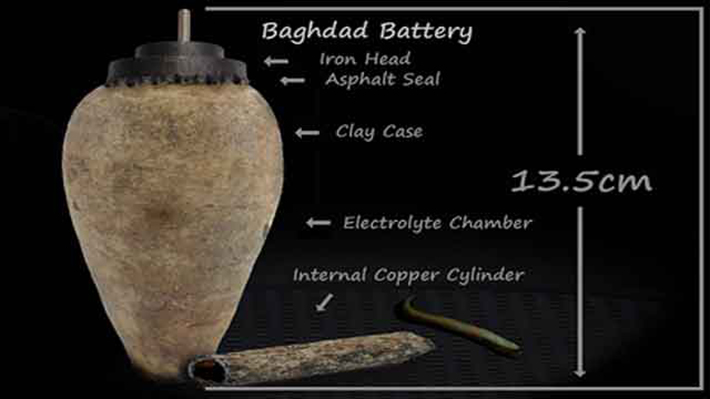
During the mid 1930’s, several plain-looking jars were discovered near Baghdad, Iraq. No one really paid attention to them until a German museum curator published a paper claiming that the jars may have been used as galvanic cells, or batteries. It may have been a far-fetched conclusion at first but even the Mythbusters got on board and confirmed the idea was a good possibility.
16. Dead Sea Scrolls

Much like the Rosetta Stone, the Dead Sea Scrolls are also among the major archaeological finds of the last century. The scrolls contain the earliest known surviving copies of biblical documents dating all the way back to 150 BC.
17. Gobekli Tepe
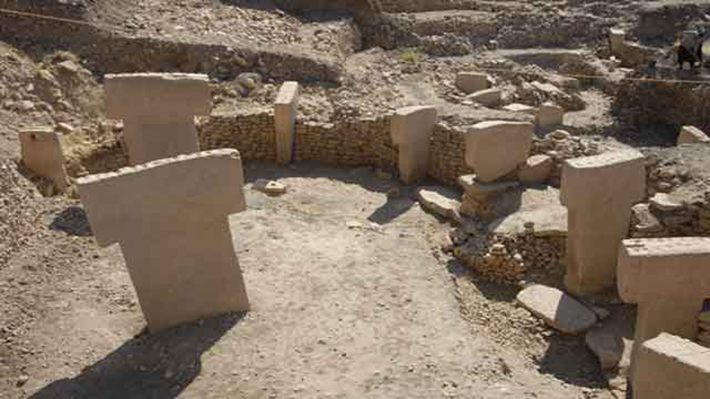
The Gobekli Tepe is an ancient settlement that was discovered in 1994. Although at first glance it may seem like nothing more than a bunch of rocks, it is actually one of the oldest examples of complex/monumental architecture in the world. Gobekli Tepe was constructed 9,000 years ago, predating the pyramids by thousands of years.
18. Headless Vikings of Dorset
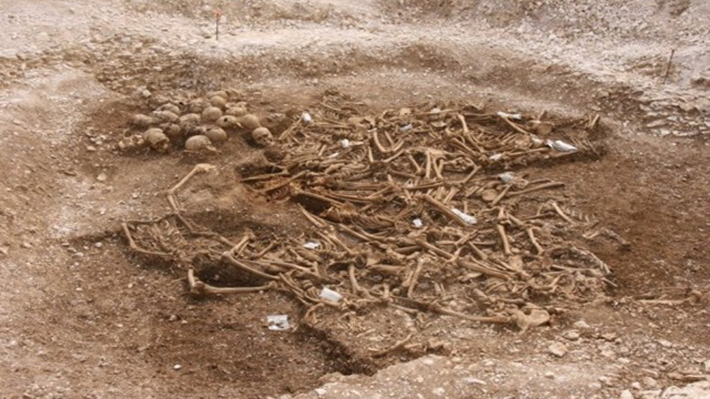
While workers was digging a railroad in Dorset, they came across a small contingent of headless viking warriors buried in the ground. Archaeologists initially thought that maybe some villagers had survived a raid and exacted their revenge. However, upon closer inspection, things got a little less clear. The beheading looked too clean and seemed to have been done from the front rather than the back. Until now, they are still not sure what happened.
19. Mount Owen Moa
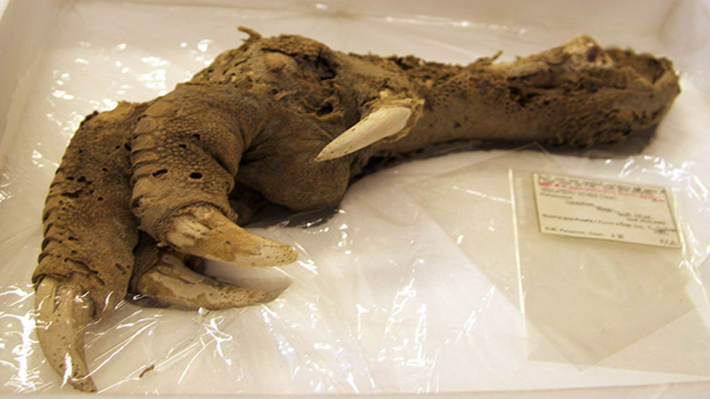
In 1986, an expedition was digging deeper into the cave system of Mount Owen in New Zealand when it came across a huge claw. It was surprisingly well preserved that it almost seemed like whatever specie it belonged to had just died recently. Upon closer inspection, it was determined that the claw belonged to an Upland Moa, a huge prehestoric bird that apparently came with a nasty set of claws.
20. Nazca Lines
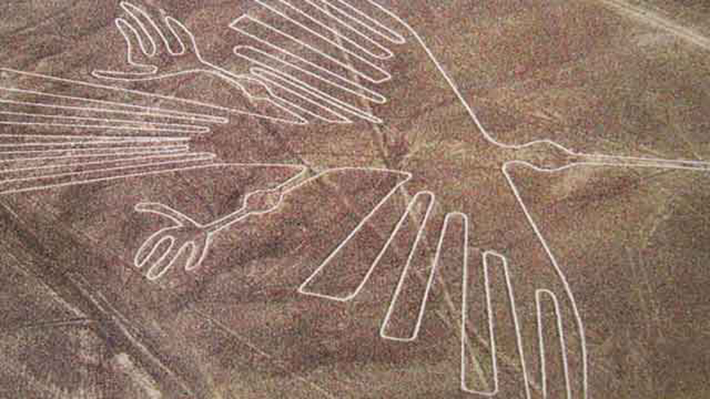
The Nazca Lines in Nazca Desert in southern Peru was discovered in the early 1900’s. The series of ancient geoglyphs can only be seen entirely from above. Numerous explanations ranging from UFO’s to technically advanced ancient civilization surround its discovery. However, the most probable explanation is that the Nazca people were excellent surveyors. But the nagging question as to why they would construct such enormous geoglyphs remains unanswered to this day.
21. Piri Reis Map

Piri Reis Map dates to the early 1500’s. It shows the coastlines of Africa, Europe, and South America with unbelievable precision. The map was constructed by general and cartographer Piri Reis, hence the name.
22. Rapa Nui

Thousands of miles off of the Chilean coast in the South Pacific, Rapa Nui, popularly known as Easter Island, is considered to be one of the most isolated places in the world. The most baffling thing about the island are the enormous stone heads that has intrigued humanity throughout the years.
23. Sacsayhuaman

This walled complex is located just outside of Cusco, Peru and is part of what used to be the capital of the Inca Empire. The craziest part about Sacsayhuaman lies in the details of its construction. The rock slabs fit together so tightly that it’s impossible to slide even a strand of hair between them. It serves as a lasting testament to the precision of ancient Incan architecture.
24. The Tomb of Sunken Skulls
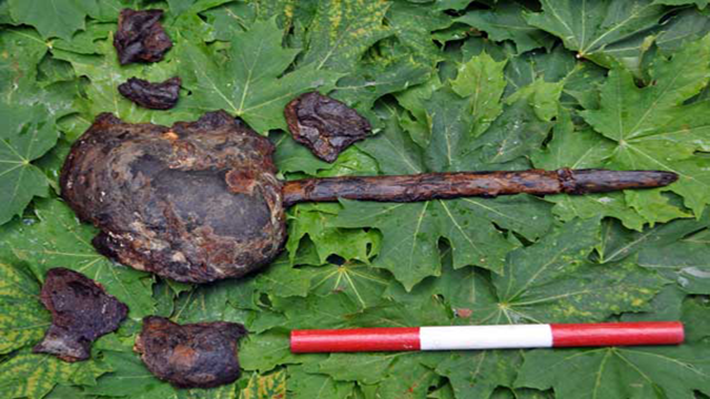
The Tomb of Sunken Skulls was a shocking discovery made by archaeologists while excavating a dry lake bed in Motala, Sweden. The skulls they found had stakes driven directly through their craniums. And if that wasn’t horrifying enough, one of the skulls even had pieces of the other skulls crammed up inside it. Whatever happened there 8,000 years ago definitely wasn’t pretty… at all.
25. Voynich Manuscript

The Voynich Manuscript is known as the “world’s most mysterious manuscript”. This piece of literature has been dated back to the early 15th century Italy. Most of its pages is filled with what seems to be herbal recipes. However, not one of the plants mentioned in the manuscript match known species and the language remains undecipherable.

